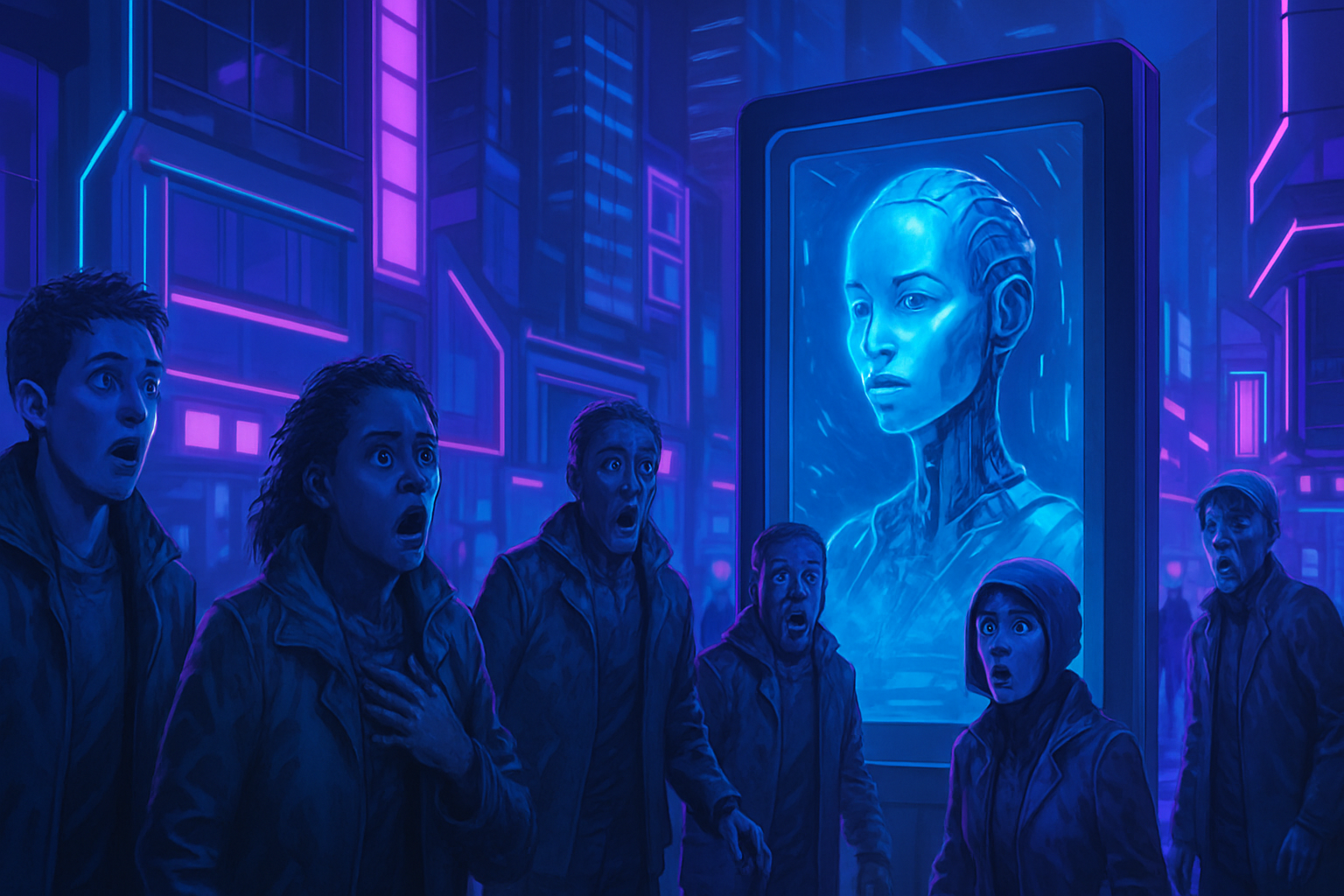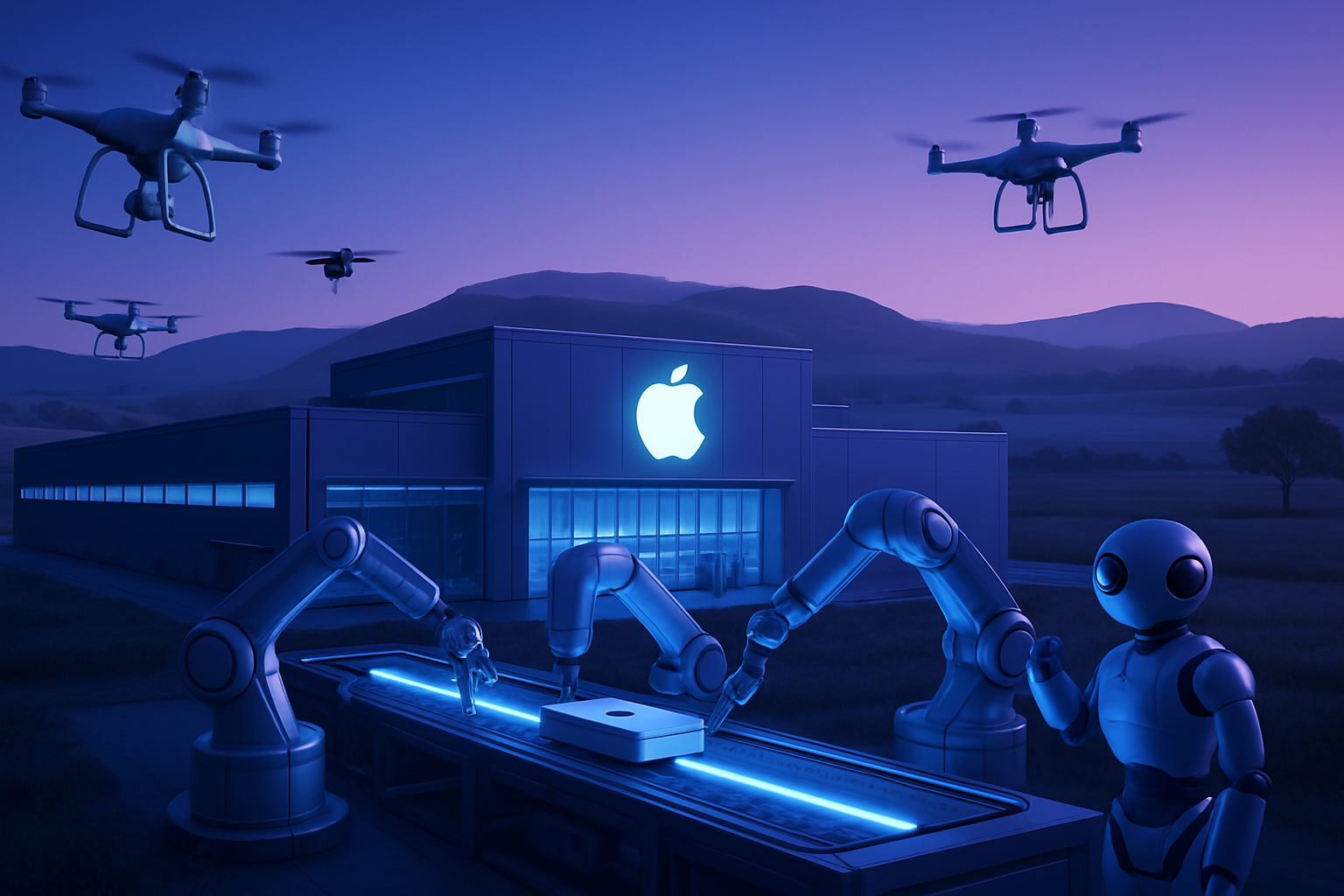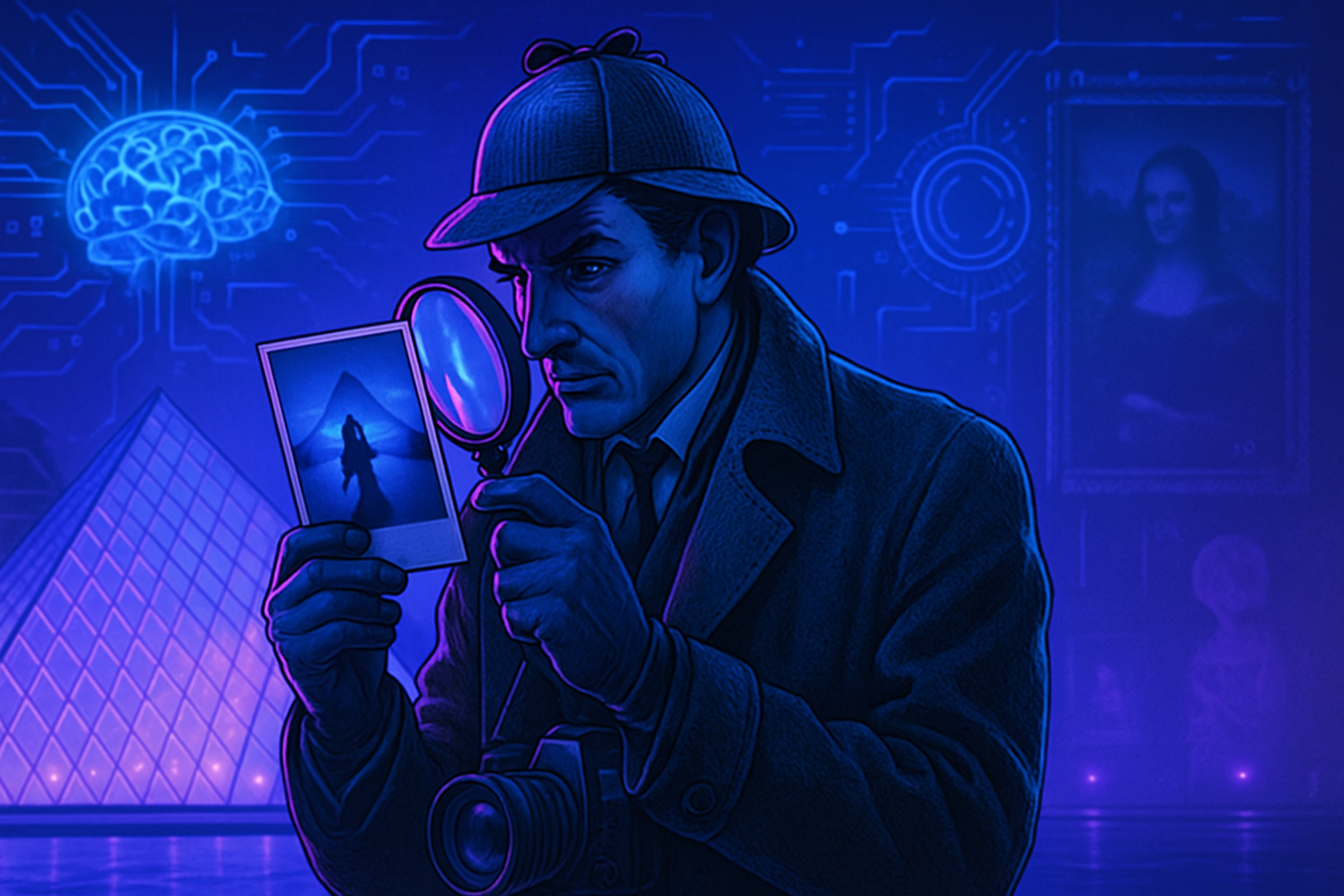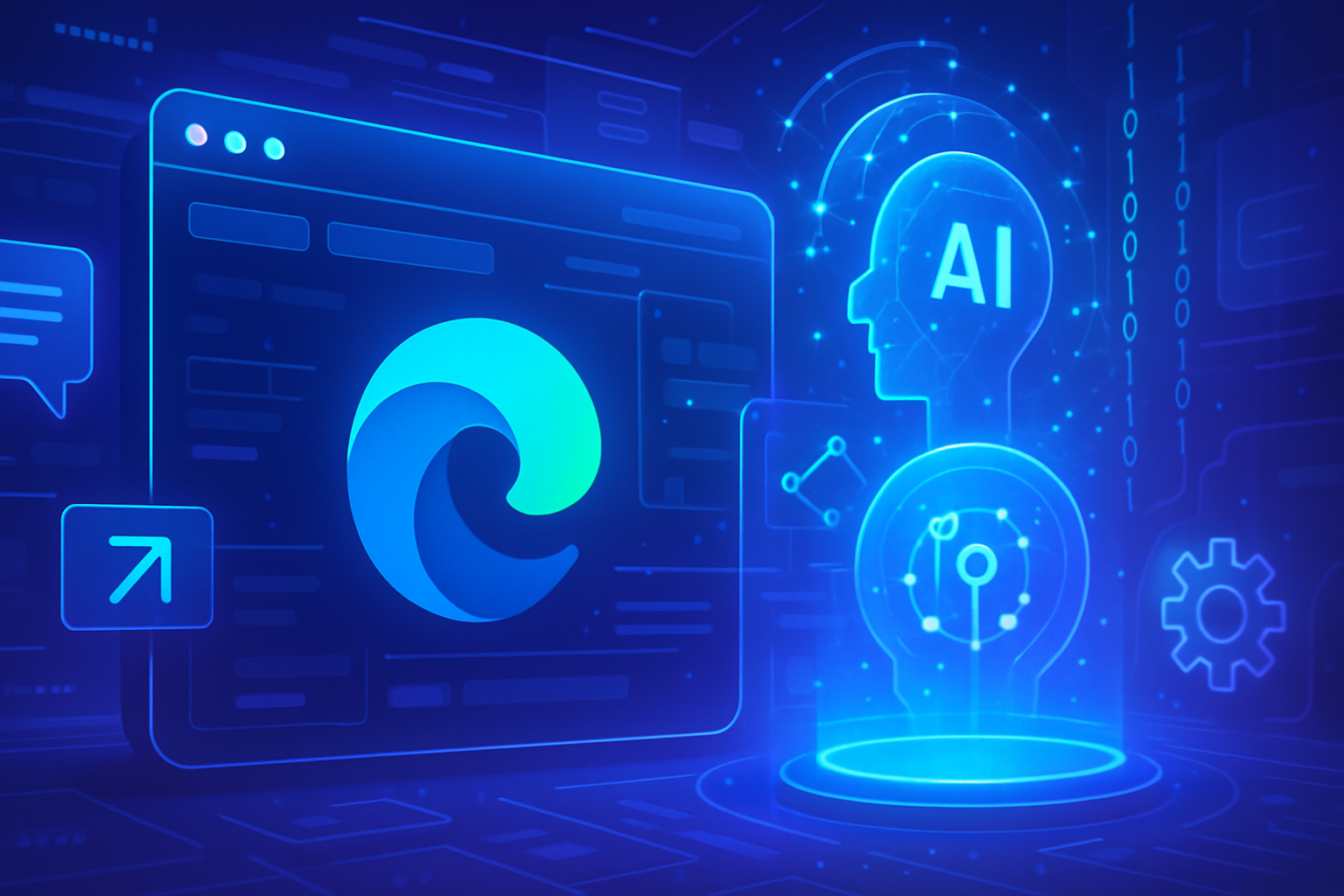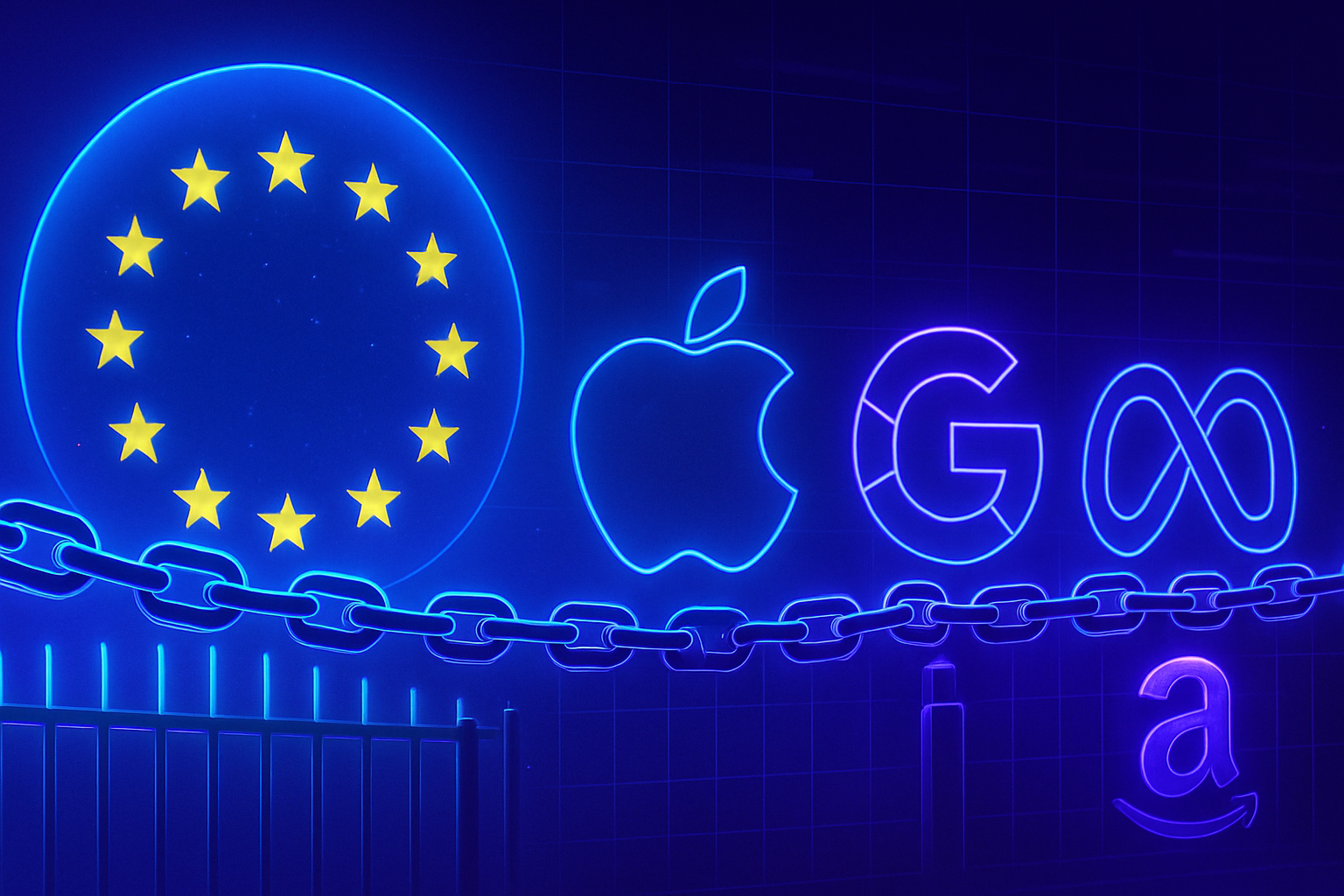The emergence of AI-generated videos challenges the traditional perception of history. These technical tools, exhibiting striking realism, *invite reflection on their legitimacy as educational resources*. While they offer undeniable pedagogical potential, they also raise legitimate fears of historical misinformation. The stakes of this technology transcend simple academic debates, *highlighting the moral dilemmas that accompany it*. Who is responsible for the accuracy of reconstructed narratives? The line between scholarship and manipulation is dangerously thin, *calling for increased vigilance in the educational context*.
The educational turning point of AI-generated videos
Historical videos, produced by artificial intelligence algorithms, pose an educational dilemma. Designed to enhance learning, they allow for the visualization of significant events in an immersive and engaging way. In classrooms, these digital creations offer innovative insights into distant periods. Teachers leverage these resources to capture students’ attention and enrich their understanding of historical contexts.
This technological context sparks discussions about the appropriate use of AI in education. Educational experts argue that these tools help to generate increased interest in history. This phenomenon encourages students to explore historical events and figures further. Dynamic visualization replaces traditional methods based solely on textbooks.
The issues of misinformation
Despite its advantages, the use of AI-generated historical videos raises concerns. Researchers highlight that altered content can spread inaccurate information. Fake events, fabricated by algorithms, fuel misinformation and risk corrupting historical perception. A study conducted by Newsguard sheds light on the explosion of websites disseminating articles and images generated by AI, sometimes without factual basis.
The content generated by AI mimics authentic visual style, making it difficult to distinguish between reality and fiction. The apparent credibility of these videos creates a false sense of security among viewers, particularly among the younger audience. Educators must therefore ensure they teach critical thinking in face of these technologies, enabling students to identify reliable content.
Strategies for integration in education
Institutions are beginning to develop strategies for responsibly integrating these technologies. Educational programs are shifting towards training teachers on the use of AI-generated videos. These training sessions aim to raise awareness of the ethical issues associated with the use of artificial intelligence in the educational setting.
Initiatives are being put in place to create tools that allow for verifying the authenticity of content. The SynthID project, for example, aims to develop technologies capable of identifying images altered by artificial intelligence. The democratization of such technologies would be a major asset in countering misinformation in education.
Reactions in the academic community
Academics express divergent opinions on the issue of AI in education. While some see it as an opportunity to enrich learning, others are concerned about potential abuses. The need for clear and effective regulations emerges as a consensus among several experts. Meanwhile, academic organizations highlight the necessity of taking into account the rapid evolution of AI technologies.
Debates focus on the responsibility of creators of AI-generated content. Who should regulate these powerful tools? The lack of oversight can lead to abuses, particularly by actors seeking to manipulate public opinion. Increased vigilance is therefore essential to maintain educational integrity.
Evaluations of historical paradigms
AI-generated videos challenge the way history is taught. Historical narratives can be adapted and reinterpreted, thereby influencing the collective vision of events. Historians and educators must work in synergy to ensure that educational content respects historical facts while using these new technologies in a relevant manner.
The creation of synthetic historical content can also contribute to the rediscovery of overlooked events. These videos can highlight lesser-known elements, thereby enriching historical knowledge. Thus, the debate surrounding the use of AI in education will be crucial for the future transmission of knowledge.
Frequently asked questions about AI-generated historical videos
What is an AI-generated historical video?
An AI-generated historical video is an audiovisual production created using artificial intelligence algorithms, utilizing historical data to recreate historical events or figures.
How can AI-generated historical videos be used as a teaching tool?
These videos can enrich teaching by making history more immersive and engaging, allowing students to visualize past events in a way that stimulates their interest and understanding.
What are the main risks associated with the use of AI-generated historical videos?
The main risks include misinformation, manipulation of historical facts, and the spread of biased narratives, which can alter the perception of the past and influence public opinion.
How can one identify an AI-generated historical video?
Identification can be made by checking the cited sources, analyzing the content for historical inconsistencies, and ensuring that the videos come from reliable and recognized sources.
Can AI-generated historical videos replace traditional teaching resources?
While these videos can complement traditional resources, they should not replace proven learning methods that promote critical thinking and analysis of historical sources.
What is the position of experts on the use of AI to create historical videos?
Experts are divided: some welcome the innovation and its educational potential, while others warn against the dangers of misinformation and the importance of fact-checking.
How can we ensure that AI-generated historical videos do not spread misinformation?
To ensure this, it is essential to use fact-checking algorithms, rely on solid historical research, and consult historians to validate the produced content.
Are AI-generated historical videos accessible to everyone?
Yes, most AI-generated videos are accessible online, but accessibility depends on the platform used and the dissemination of AI technologies in education.
What AI models are used to generate these videos?
Commonly used AI models include neural networks, supervised learning algorithms, and content generation systems like GPT and DALL-E, which are capable of processing visual and textual information.

